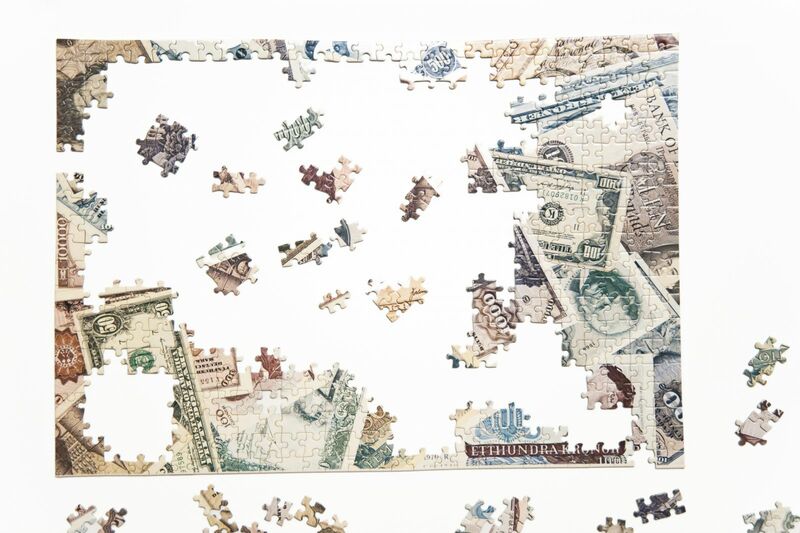
The dollar index (DXY00) on Monday fell by -0.04%. The dollar gave up early gains Monday and turned slightly lower as the euro strengthened on positive Eurozone economic news. On Monday, the dollar initially moved higher as weakness in stocks boosted some liquidity demand for the dollar. Also, higher T-note yields on Monday have strengthened the dollar’s interest rate differentials.
Monday’s comments from Atlanta Fed President Bostic were on the hawkish side and positive for the dollar when he said he expects that the Fed 's first interest rate cut in Q3 will be followed by a pause to assess how the shift in policy is affecting the economy. Bostic added he was worried that businesses have too much exuberance and could unleash a burst of new demand after a rate cut that adds to price pressures.
The markets are discounting the chances for a -25 bp rate cut at 2% for the March 19-20 FOMC meeting and 21% for the following meeting on April 30-May 1.
EUR/USD (^EURUSD) on Monday rose by +0.18%. The euro on Monday posted moderate gains and garnered support from a weaker dollar. Also, Monday’s economic news that showed the Eurozone Mar Sentix investor confidence index rose more than expected to an 11-month high supported the euro.
The Eurozone Mar Sentix investor confidence index rose +2.4 to an 11-month high of -10.5, stronger than expectations of -10.6.
Swaps are pricing in the chances for a -25 bp rate cut by the ECB at 4% for its next meeting on March 7 and 17% for the following meeting on April 113
USD/JPY (^USDJPY) on Monday rose by +0.28%. The yen on Monday was under pressure from higher T-note yields. Also, Monday’s rally in the Nikkei Stock Index to a new all-time high has reduced the safe-haven demand for the dollar. Losses in the yen were limited after Monday’s economic news showed Japan’s Q4 capital spending rose more than expected, a sign of confidence in Japan’s economy and a bullish factor for the yen.
Japan's Q4 capital spending rose +16.4% y/y, stronger than expectations of +2.8% y/y and the biggest increase in 16 years. Also, Q4 capital spending ex-software rose +11.7% y./y, stronger than expectations of +1.5% y/y and the most in 5-1/2 years.
Swaps are pricing in the chances for a +10 bp rate increase by the BOJ at 37% for its next meeting on March 19 and 75% for the following meeting on April 26.
April gold (GCJ4) on Monday closed up +30.6 (+1.46%), and May silver (SIK24) closed up +0.627 (+2.68%). Precious metals rallied Monday, with gold climbing to a 3-month high and silver posting a 2-month high. A weaker dollar on Monday was bullish for metals. Also, stock weakness on Monday spurred some safe-haven buying of precious metals. In addition, an increase in inflation expectations boosted demand for gold as an inflation hedge after the 10-year breakeven inflation rate on Monday rose to a 1-week high of 2.345%. Silver garnered support from Monday’s global economic news that showed Eurozone Mar Sentix investor confidence rose more than expected to an 11-month high, and Japan’s Q4 capital spending climbed by the most in 16 years, favorable factors for industrial metals demand.
On the negative side, higher T-Note yields on Monday were bearish for precious metals. Gold is also under pressure as expectations for Fed rate cuts have been pushed back until Q2 of this year compared to previous expectations for Fed rate cuts as early as this month.
On the date of publication, Rich Asplund did not have (either directly or indirectly) positions in any of the securities mentioned in this article. All information and data in this article is solely for informational purposes. For more information please view the Barchart Disclosure Policy here.






